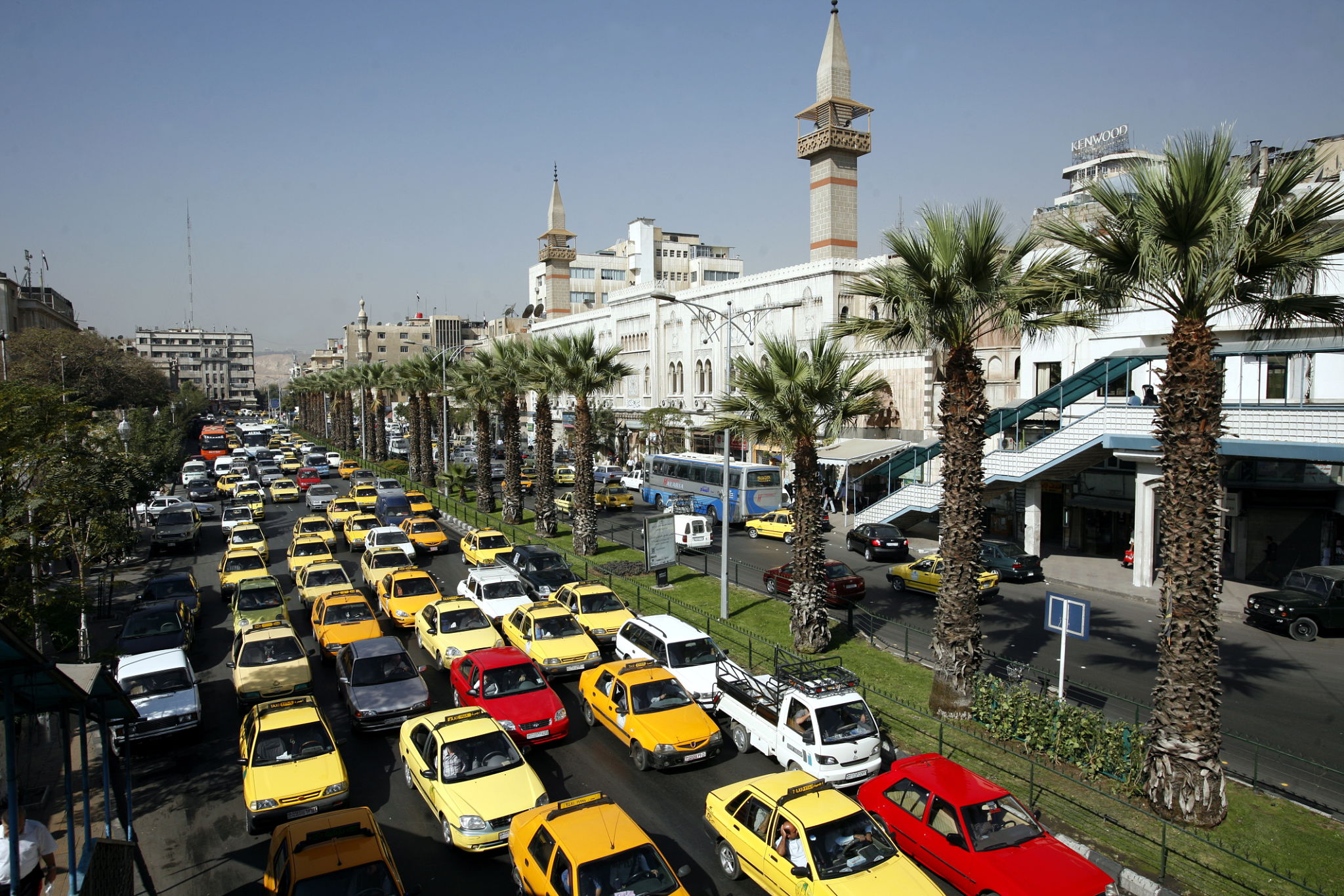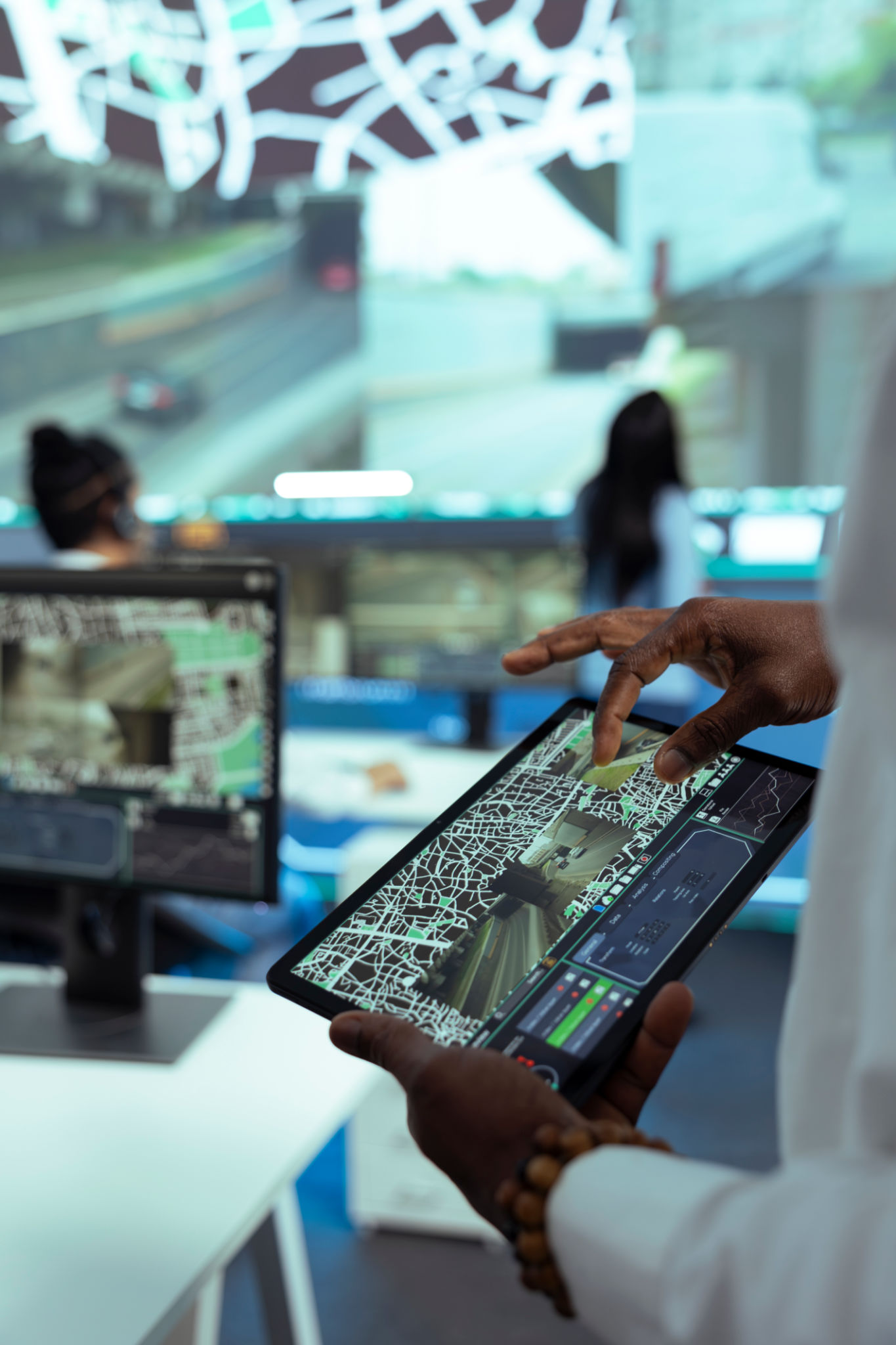Expert Insights: Managing Traffic in Damascus During Peak Hours
Understanding the Traffic Dynamics in Damascus
Damascus, a city steeped in history and culture, faces modern challenges with its bustling traffic, especially during peak hours. Managing this traffic effectively requires a comprehensive understanding of the city's unique dynamics. With narrow streets, historic alleys, and a growing population, the complexities of traffic management are both challenging and intriguing.
Peak hours in Damascus are typically observed in the morning from 7 AM to 9 AM and in the evening from 5 PM to 7 PM. During these times, the roads are filled with commuters heading to work or returning home, leading to congestion in various parts of the city. Understanding these patterns is crucial for implementing effective traffic management strategies.

Implementing Strategic Traffic Solutions
To alleviate congestion, experts suggest several strategic solutions that have proven effective in similar urban environments. One such strategy is the optimization of traffic signals across the city. By adjusting signal timings based on real-time traffic data, authorities can significantly reduce wait times and improve flow.
Another effective measure is the promotion of public transportation. Encouraging the use of buses and other forms of public transit can decrease the number of private vehicles on the road. Establishing dedicated bus lanes can further enhance this strategy by ensuring that public transport remains a fast and reliable option.

The Role of Technology in Traffic Management
Technology plays a crucial role in modern traffic management systems. The integration of GPS and real-time data analytics allows for better monitoring and control of traffic flow. Implementing intelligent transportation systems (ITS) in Damascus could provide valuable insights into peak traffic patterns and help in devising more effective management strategies.
Additionally, mobile applications that provide real-time traffic updates can empower commuters to make informed decisions about their travel routes. These apps can suggest alternative paths, helping to distribute traffic more evenly across the city's road network.

Community Engagement and Awareness
Engaging the community is essential for any successful traffic management initiative. Public awareness campaigns can educate citizens about traffic rules and encourage behaviors that contribute to smoother traffic flow. Organizing workshops and seminars on safe driving practices can also play a significant role in reducing congestion.
Furthermore, involving local businesses and institutions in traffic management discussions ensures that all stakeholders have a voice in shaping the city's transportation policies. Collaborative efforts can lead to innovative solutions that address the specific needs of different community groups.
Future Prospects for Damascus Traffic Management
Looking ahead, the future of traffic management in Damascus holds promising developments. As urban planning continues to evolve, incorporating sustainable practices will be key to creating a more efficient transportation network. This includes exploring alternative modes of transport such as cycling and walking, which can reduce reliance on vehicles.
In conclusion, managing traffic in Damascus during peak hours requires a multifaceted approach that combines strategic planning, technology, community engagement, and sustainable practices. By leveraging expert insights and adopting innovative solutions, Damascus can pave the way for a more efficient and accessible urban environment.